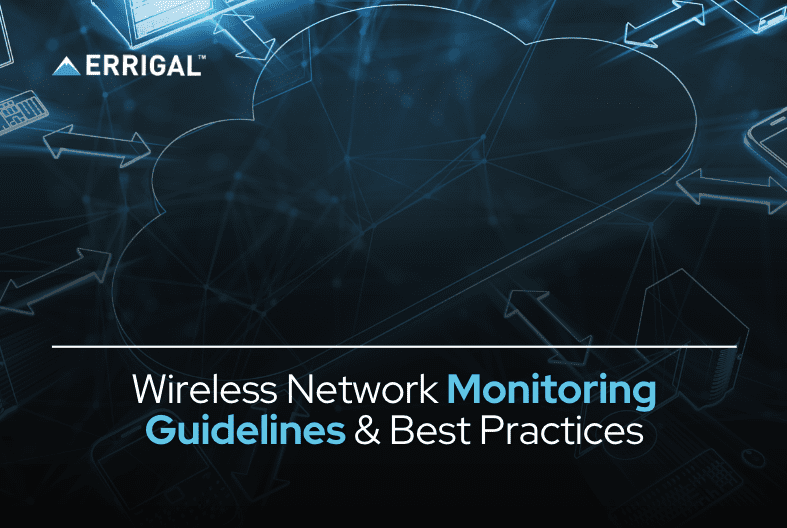Wireless networks have become the backbone of modern communication, supporting a range of devices and applications. Effective wireless monitoring is essential to ensure network performance, security, and user satisfaction. This guide explores best practices for managing and monitoring wireless networks to keep them running smoothly and efficiently.

1. Conduct Regular Site Surveys
Conducting regular site surveys is crucial to understanding the wireless environment and ensuring optimal access point placement. Surveys help identify areas with weak signal strength, interference, or high user density, allowing you to make necessary adjustments.
Key Tip: Use advanced monitoring tools like those in our NOVA Platform to automate and streamline the site survey process, improving accuracy and efficiency.
2. Optimize Access Point Placement
Proper access point placement is key to maximizing wireless network coverage and performance. Adjusting the location and configuration of access points based on site surveys can significantly enhance network quality and reduce dead zones.
Key Tip: Learn more about access point placement strategies in our article on How to Choose the Right Network Monitoring Software to ensure you select the right tools for optimal wireless management.
3. Implement Real-Time Wireless Monitoring
Real-time wireless monitoring helps identify issues like interference, signal strength fluctuations, and unauthorized access, allowing your IT team to respond quickly and maintain a secure and reliable network.
Key Tip: Explore our Effective Strategies for Reducing Network Downtime for tips on utilizing real-time monitoring to prevent and mitigate network issues.
4. Use Automated Alerts for Proactive Management
Automated alerts can notify your IT team of any unusual activity or potential security threats, enabling a proactive approach to wireless network management. Ensure your monitoring tools provide customizable alert settings for different types of events, from signal drops to unauthorized access attempts.
Key Tip: Learn about our IDMS Product Suite of Network Monitoring Applications for automated alerting features that simplify network management.
Conclusion
Wireless network monitoring is an ongoing process that requires regular analysis, optimization, and proactive management. By conducting site surveys, optimizing access point placement, implementing real-time monitoring, and utilizing automated alerts, you can maintain a robust and reliable wireless network infrastructure. For more on enhancing your network’s future readiness, read our blog on Future-Proofing DAS Networks for Emerging Technologies.







